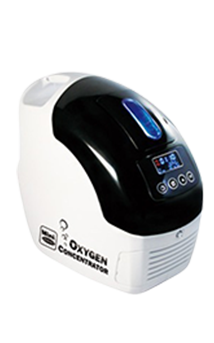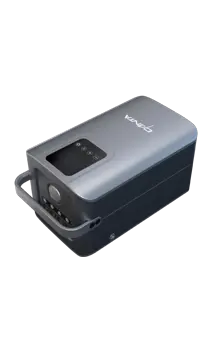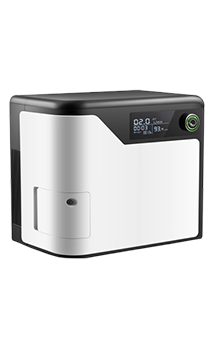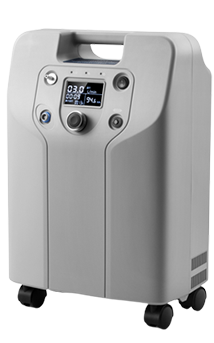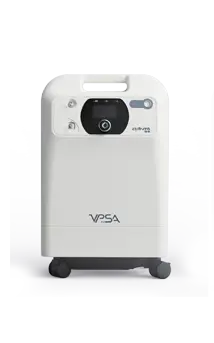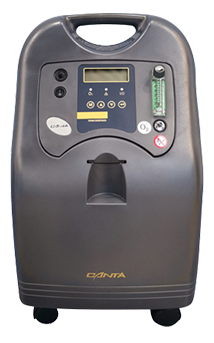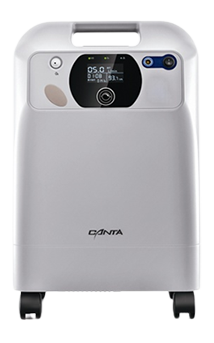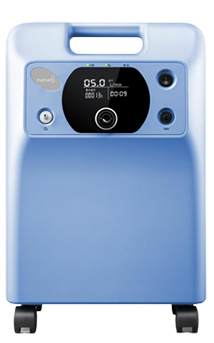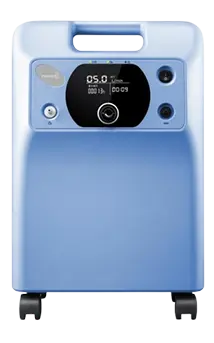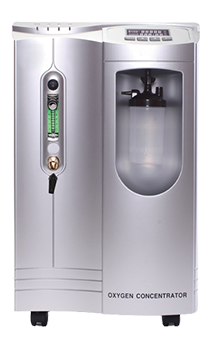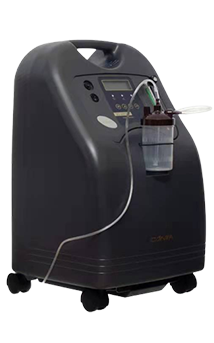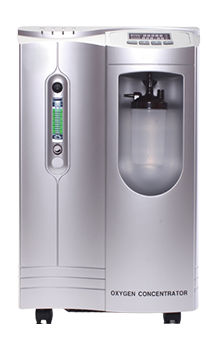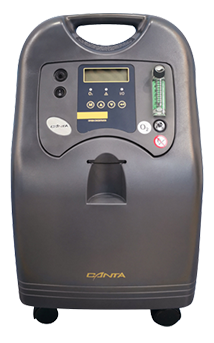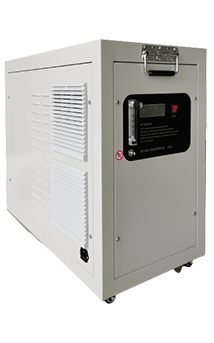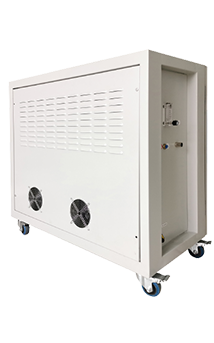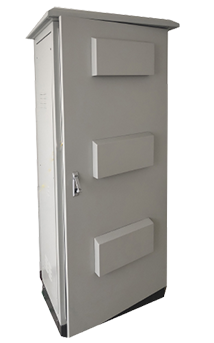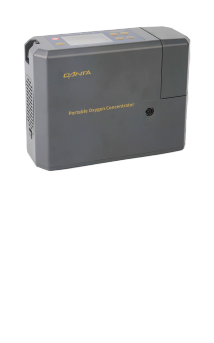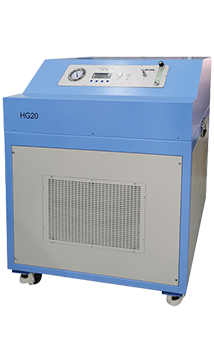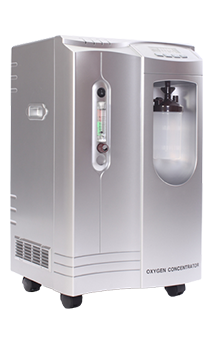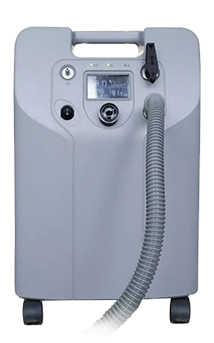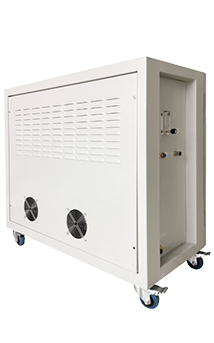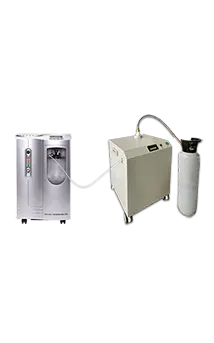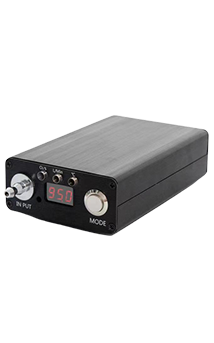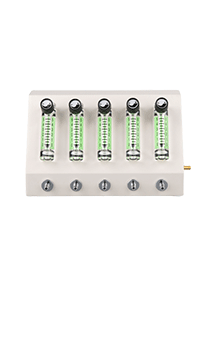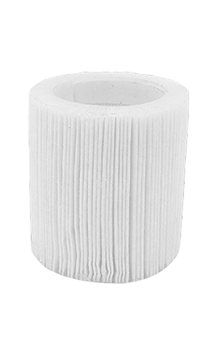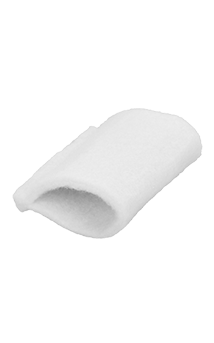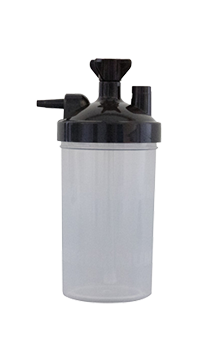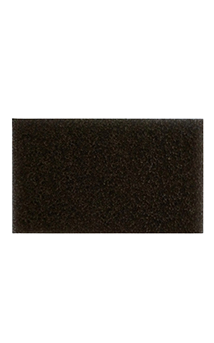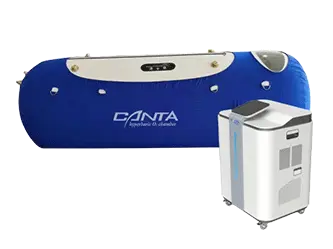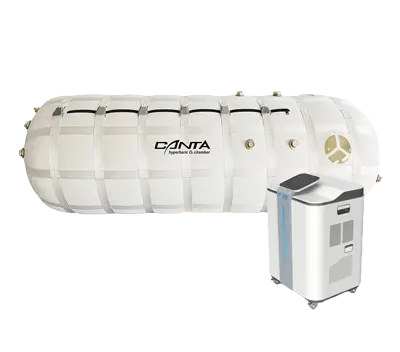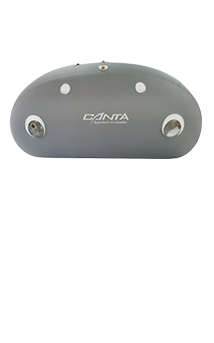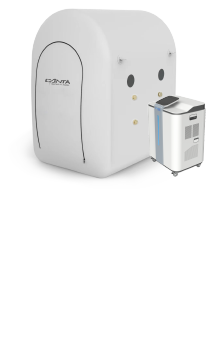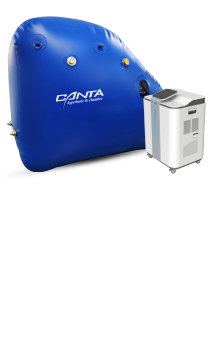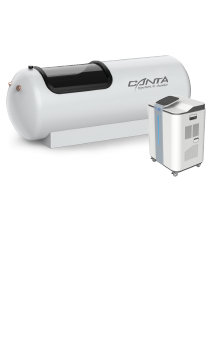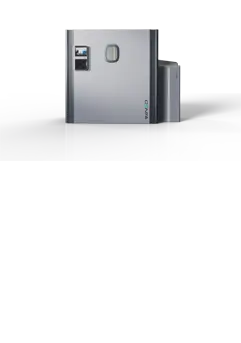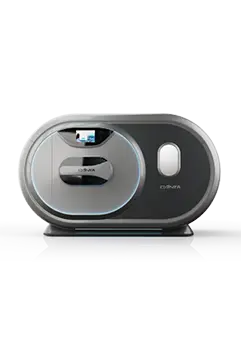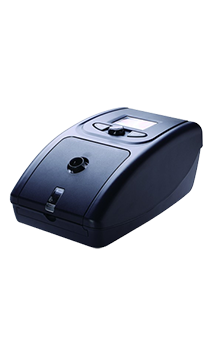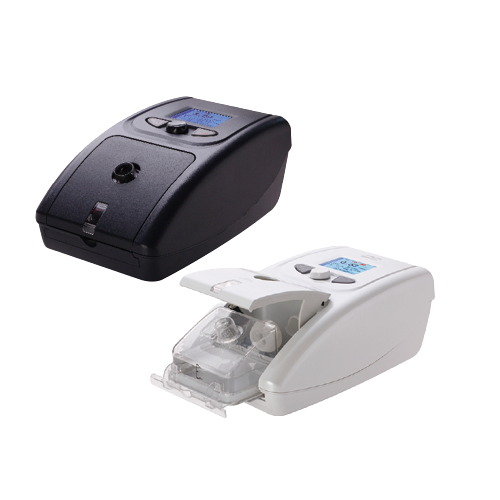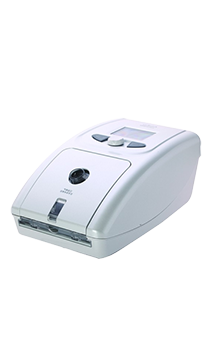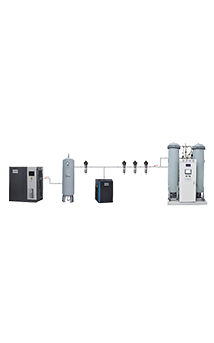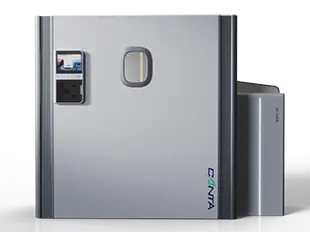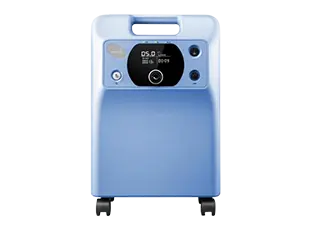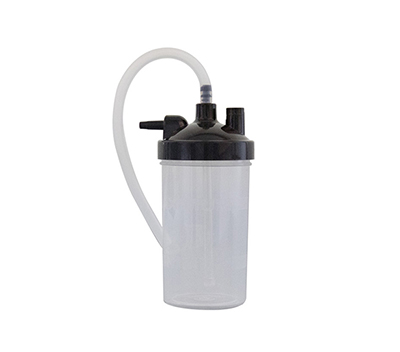In modern life, oxygen concentrators have gradually become an essential device for many households and medical institutions. Not only can they help patients improve their respiratory function, but they can also provide purer oxygen for daily life. However, with a wide variety of brands and models available in the market, selecting the right oxygen concentrator has become a key focus for many consumers. This article provides detailed information to help you make an informed purchasing decision.
Working Principle of the Oxygen Concentrator
An oxygen concentrator extracts oxygen from the air using a technology known as "molecular sieve." The basic principle is to separate oxygen from other gases by utilizing the adsorption characteristics of the molecular sieve, thereby concentrating the oxygen, typically providing an oxygen concentration of 90%-96%. Understanding how it works can help consumers better understand the performance of different products when purchasing.
Steps for Using an Oxygen Concentrator
Preparing the Equipment
Before using the oxygen concentrator, ensure the device is in good condition. First, check if the power supply of the oxygen concentrator is normal and ensure the plug is securely connected. Then, check the water level in the water tank, and add purified water if necessary. It is recommended to use deionized water or distilled water to avoid damaging the device.
Connecting the Oxygen Tubing
Next, connect one end of the oxygen tubing to the output port of the oxygen concentrator. Make sure the connection is tight to prevent air leaks. Then, the other end of the tubing can be connected to a nasal cannula or a mask, depending on the user's needs.
Setting the Oxygen Flow Rate
Before use, set the oxygen flow rate according to the doctor's recommendation. Generally, the flow rate is measured in liters per minute (L/min). For typical household users, the flow rate is usually set between 1-5 L/min.
Turning on the Device
Once all connections are secure, press the power button on the oxygen concentrator, and the device will begin working. At this point, you can inhale concentrated oxygen through the nasal cannula or mask.
Monitoring the Usage Status
During use, observe the indicator lights and display screen on the oxygen concentrator to ensure the device is functioning properly. If any error messages appear, stop the device immediately and check for issues.
Regular Maintenance
The oxygen concentrator needs to be regularly cleaned and maintained to ensure proper operation. The cleaning frequency is typically once a week, but it can be increased depending on the usage conditions.
Considerations When Purchasing an Oxygen Concentrator
When purchasing an oxygen concentrator, consumers should consider the following factors:
Oxygen Concentration: Choose an oxygen concentrator with the appropriate oxygen concentration based on specific needs. Typically, household users can opt for products with a concentration of 90% or higher.
Noise Level: Noise can have a significant impact on daily life, so selecting a low-noise oxygen concentrator is more practical.
Ease of Use: The user interface of the device should be user-friendly, and the device should be easy to maintain and clean, which are important factors to consider when purchasing.
Product Size and Weight: Choose an appropriate size and weight based on the usage environment, especially if the device needs to be moved.
After-Sales Service: Choose a well-known brand to ensure high-quality after-sales service, so issues can be resolved in a timely manner when they arise.
Precautions for Using an Oxygen Concentrator
When purchasing and using an oxygen concentrator, users should also pay attention to the following precautions to ensure proper use and prolong the device's lifespan:
Regular Cleaning: The filters and water tank inside the oxygen concentrator need to be cleaned regularly to prevent bacterial growth.
Proper Usage: The oxygen flow rate should be set according to the doctor's recommendation, and excessive usage should be avoided.
Ensure Proper Ventilation: Ensure good ventilation around the device during use to prevent overheating.
Device Maintenance: Regularly check the power cord and plug to ensure they are in good condition and avoid safety hazards.
 EN
EN  ja
ja  ko
ko  fr
fr  de
de  es
es  it
it  ru
ru  pt
pt  ar
ar  tr
tr  th
th  da
da  fa
fa  pl
pl  ro
ro  hu
hu  el
el  af
af 
